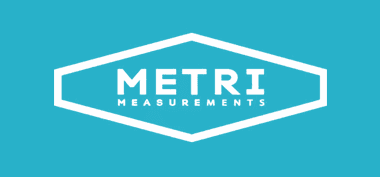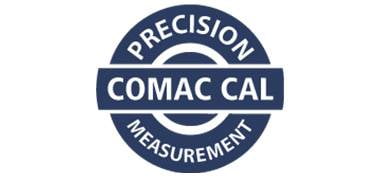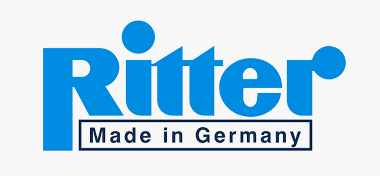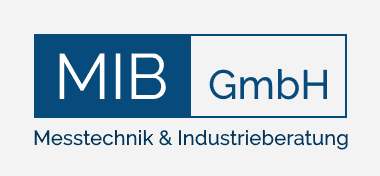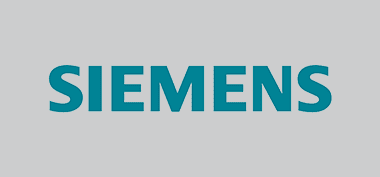Principles of Operation
Capacitance level technology uses the electrical characteristics of a capacitor (a device that has the potential to store an electric charge). Typically a capacitor has two conductors or electrodes separated by a layer of a non-conducting material called a dielectric. In capacitive level measurement, the environment (typically the vessel wall) acts as a reference electrode and the sensor probe as a measurement electrode. The dielectric is composed of the vessel contents (and the measurement electrode insulating layer, if insulated).
As the level of process material in the vessel rises and starts to cover the probe, some of the insulating effect from air changes into that from the material, producing a change in capacitance between the probe and the reference electrode. This capacitance change provides a direct, linear relationship with vessel level.

Conductance Level Sensor Advantages
- Can be applied to a variety of materials including solids, liquids, and slurries
- No moving parts, rugged, simple to use and easy to clean
- Can be designed for high temperature and high pressure applications
- Dual-probe sensors can be used for interface measurement between immiscible liquids
Conductance Level Sensor Limitations
- Not suitable for continuous measurement over long lengths
- May not work with every type of material or vessel
- Sensitive to changes in material dielectric
Need Advice About Variable Area / Rotameters?
iCenta is a instrumentation and control solution specialist with experience in control technologies for diverse applications, fluid types and process conditions. Call iCenta now for advice, sales & technical information on 01722 439 880.




